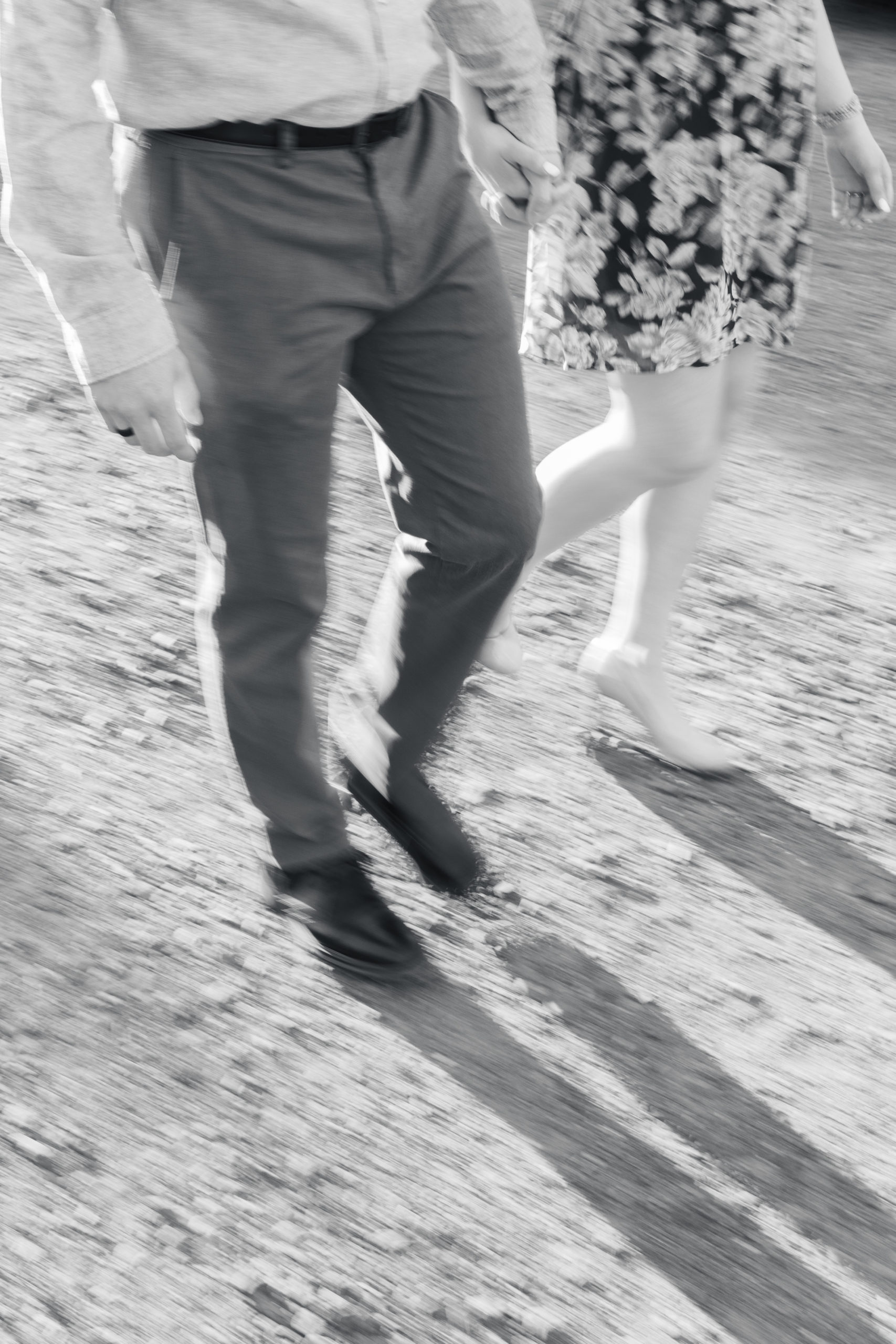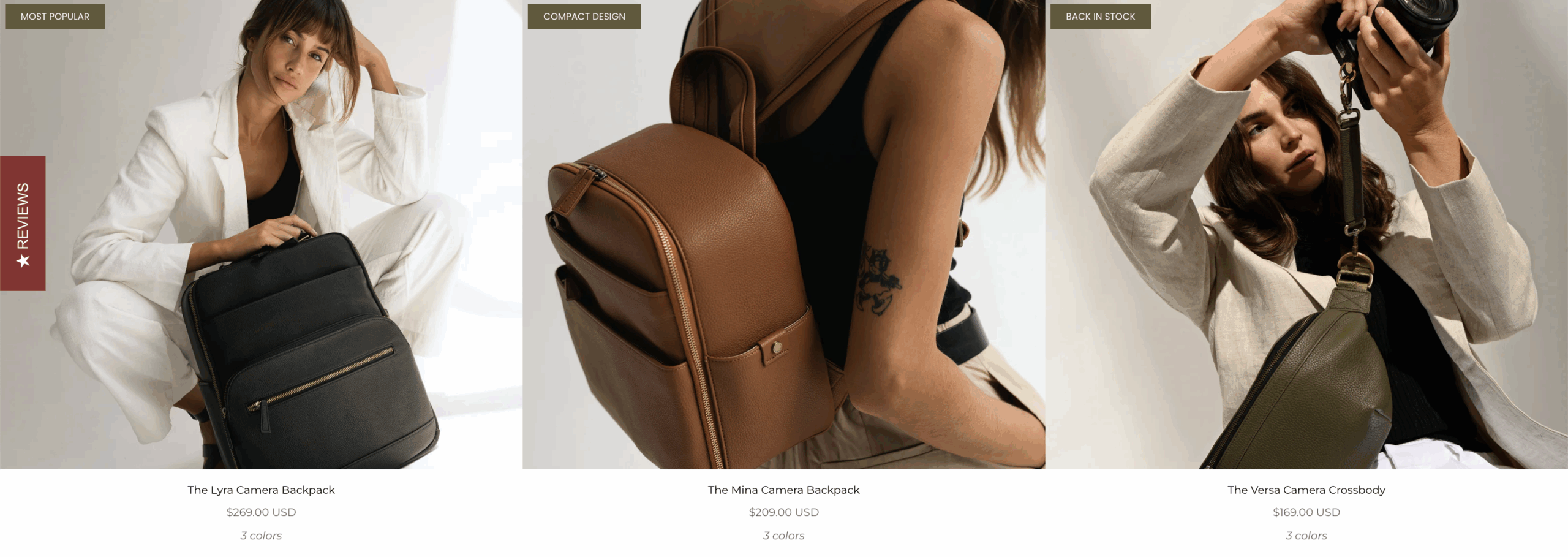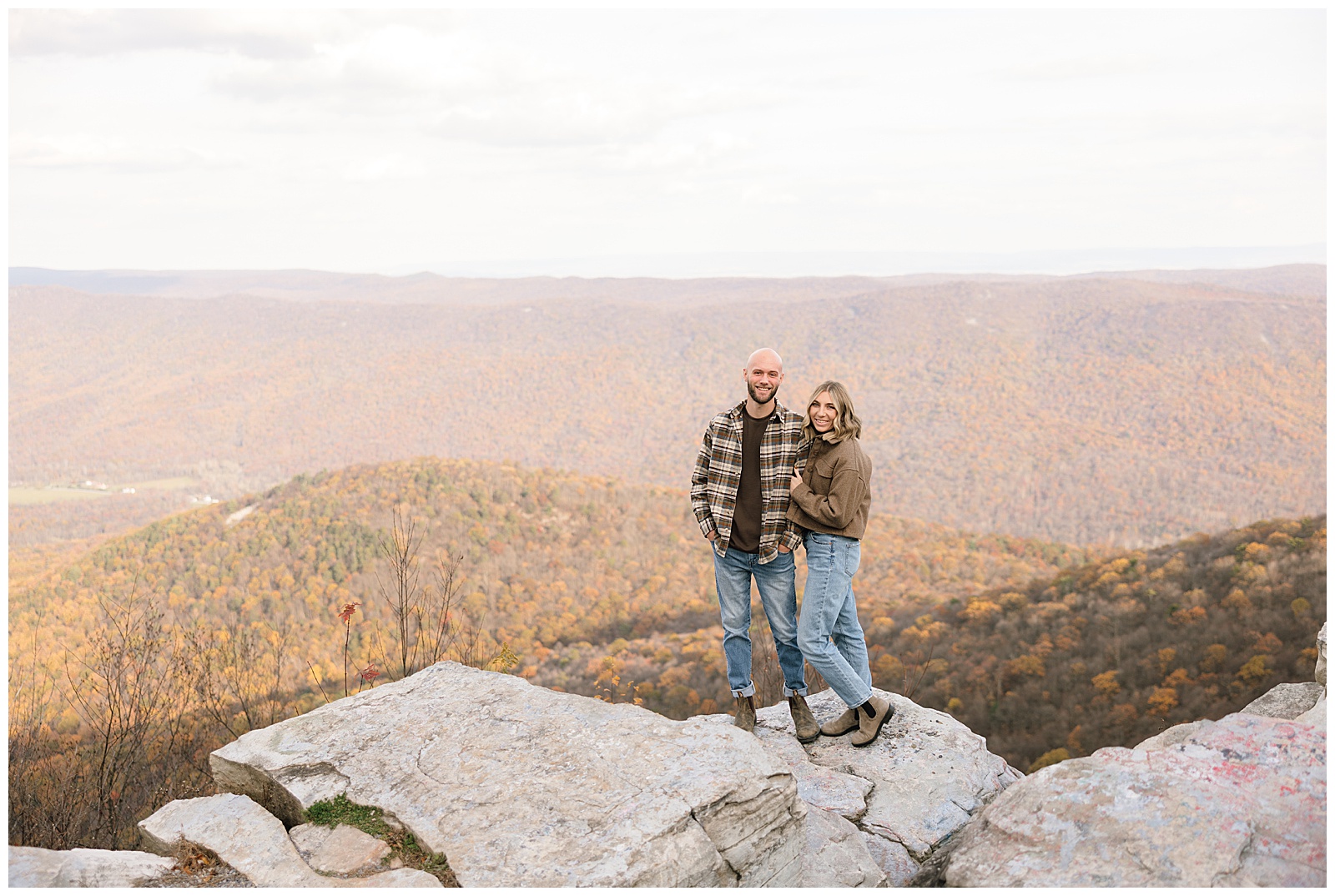In the camera world, the biggest debate is which system is the best. Seriously, there is no “one system beats all”. But among photographers, there is always the debate. For some photographers like myself, the ultimate goal is to get as close to film as possible. For those that don’t photograph to emulate film, the system doesn’t really matter and it’s more personal preference.
Some photographers choose to shoot various systems. One of my favorite photographers actually used four or five systems to shoot a wedding day. And you’d never be able to differentiate between his images. He’s just that good. However, for some, the ultimate appeal of perfect film wedding imagery is all in the system.
So I tried it.
I am through and through a Canon girl. My first camera was the Canon Rebel T6 and then I graduated to the 6D, the 5dmarkiii (the workhorse of the professional industry for quite a while), and then ultimately finished with the Canon R6 and R5 line. My R6 is my baby. We have three of them — two for photos and one for video — and I’m obsessed. Growing up with Canon meant an easy transition from one DSLR to another before ultimately the mirrorless line. Canon’s mirrorless has stepped up the game like no other. The ease of the menus in the back, the customization of the buttons, and of course, the rotating touch screen were impressive upgrades from my humble many-year-old mark iii. The Canon mirrorless system is a beautiful system. And ultimately, it’s the system for me.
Let me preface this by saying that I wanted to switch to Sony for a few years. There was just an elite image over the photographers that shot Sony. My favorite photographers in the portrait world and outdoor wildlife world alike shoot Sony. However, Canon released their coveted and one of their largest pieces of glass, they’re 28-70mm 2.0. In the photography world, there is no other lens that competes with this. I LOVE this lens. It literally never leaves my camera. It is heavy, but the quality of images I accomplish with this lens far outweighs the negatives.
Even being in love with the 28-70, Grant and I decided to give Sony a try — once again. Grant had a Sony arii a few years ago and that’s what he started videography on. It was a great camera, but he upgraded to Fuji along the way and decided recently he wanted to give the Sony line a chance again.
Sony has been king in the industry for years. Their mirrorless line came out lightyears ahead of Canon and Nikon, and their systems were always the “better” system for many years. So we decided to try out the Sony a7riii after reading a lot of reviews, stalking a ton of Facebook forums, and watching a billion youtube videos. Most of the reviews, comments, and videos all said something similar. The Sony a7riii was in line with the Canon r5, at a much cheaper cost. So we thought, why not give it a go.
Initial Thoughts
The Sony a7riii is a beautiful camera. For my editing style, the colors from the RAW images were easy to edit. The greens were absolutely spot on. I didn’t have to tweak them at all to get the desired “film-ness” that I usually have to do with the R6 images. I found my usual editing system only losing that one step however because I found I still had to mess with the oranges of skin tones and sometimes actually pumping back in more saturation into the colors. For editing sakes, the Sony images were comparable to my Canon images if not even easier to edit by a smidge.
Size & Weight
The size of the Sony was a challenge for me. I am a tall person. Five-foot ten with larger hands. Holding onto the tiny sony body was a little bit of a challenge. There was no place for my pinkie finger! However, the weight of the camera grossly offsets the annoying size. With the Sony 50mm 1.8 on it, I have never held a lighter camera. I could shoot all day with that thing and not get a hand cramp. It was magical! In comparison, my R6 with the 28-70 2.0 (my run and gun everything lens) has my hand — and my neck — cramping and sore after about half an hour. After shooting that combo since January, I don’t notice the weight much anymore. But the difference between my R6 (even with just my ef 50 + adaptor combo on it) and the Sony are vastly different. The Sony hands down won the weight category. This setup would honestly be perfect for everything, especially travel. It was small enough that it was nondescript and not super noticeable as a “camera” around my neck. Whereas when I hold my R6 and 28-70 it screams “I’m an expensive camera”.
Point for Sony here. The weight alone made me consider investing in one in the future solely for travel purposes.
Back screen
My biggest gripe about the Sony camera was the ease of use of its back screen. If you have shot on any of the Canon mirrorless cameras, you know how good they are. They are phenomenal. The touchscreen back is super responsive. You can drag your thumb to focus, or you can use the back button joystick dial to focus. Eye-tracking is incredibly accurate while moving or standing still, and you can switch back and forth between people or pets. Having never shot a mirrorless camera before switching to my R6 I was blown. Away. Sony….not so much. The back screen is claimed to be a touch screen, but you can only use it to place the focal point. While looking through the viewfinder you have to use the joystick dial to focus in on your subject. Composing and recomposing and moving the little gray box (that is difficult to see most of the time) is a challenge. It also made photographing harder. I couldn’t move as fast as I had to make sure my box was on people’s faces before moving around again. This took up valuable time that I would have already flown through with my R6. I was extremely disappointed in Sony. While the eye-tracking was accurate and I never missed a shot, the slowness and waiting time that I had to use in order to move the little gray box around was frustrating. I felt like I was holding my DSLR in my hands again and I really didn’t like that. The articulation of Sony’s back screen is also stupid. Like, it tilts, but it doesn’t spin out or rotate or anything. Trying to do a tablescape? It’s back to guesswork. Shooting something super low to the ground? I either have to lay down or –once again– guess at it. I was left frustrated. Canons fully articulating and spinning screen is amazing to use, especially for those hard-to-get angles when I can’t put my camera up to my face. For video, the rotating screen is paramount. It’s something I couldn’t give up.
Menu system
To say it frankly, the menu system sucked. I couldn’t figure out where anything was on my Sony. It could be because I didn’t spend the time to see what every button meant, but I STRUGGLED to set the camera up. I also was bumping buttons when shooting and changing settings on accident. I’d go to photograph and then have no idea where I could go to change that setting back. It was frustrating for me. Shooting on a wedding day would be a disaster for me.
My biggest takeaway from shooting the Sony was that if I had spent more time using it and familiarizing myself with the menus, I might not have hated it as much. The pros for me were these:
- The weight
- The size
- Editing and colors
- The sharpness
- Zeiss lenses are cheaper in comparison to Canon RF glass
- G-Master lenses – some of the best in the industry
The cons were a little more for me.
- Back screen – not articulating and touch was terrible
- The menu system
- Not as easily customizable as my Canon
- No glass comparison to the 28-70
- G-Master lenses = $$$$$
The biggest thing I learned from this experience was this: Use what you have. I found myself several times throughout our month of using this Sony thinking to myself “Oh I bet if we had this lens” or “This travel blogger uses this camera and her photos are amazing”. It doesn’t matter who is shooting what. Go with what you have, or what works best for you.
For us, investing in a whole system of new glass would have been pointless and overly expensive. We already had all Canon glass. I LOVED my Canon R6 and wasn’t going to give it up even if we switched to Sony. For us, the decision to stay with Canon was easy. Yes, in a roundabout way, we did love the Sony. And Grant might be switching to Sony for video. But for our photo purposes, and the gear that we already had/were in the process of investing in, Sony just wasn’t there. In the future? Maybe. But for us, so far, the Canon RF line and mirrorless cameras are more than perfect for what we do. There are no regrets.
Best piece of advice: do what works best for you. If you are shooting Canon and can’t get the colors right, rent something else. If you’re with Canon and you love it, don’t switch. If you’re Sony trying to figure out if it’s the best thing for you, be open to trying new things. BUT. Don’t switch if it isn’t the right choice for you!





